Exhibition explores the extravagant and innovative style displayed at King Francis I's château at Fontainebleau
Saint-Porchaire Workshop, Salt Cellar, mid-16th century. Lead-glazed earthenware. Private collection.
NEW HAVEN, CONN.- Through a selection of prints, enamels, medals, sculptures, and paintings, Le Goût du Prince: Art and Prestige in Sixteenth-Century France explores the relationship between art and power during the French Renaissance, a time when patronage of the arts increasingly became a means for members of the aristocracy to assert their wealth and status. From architecture to tableware, everything at châteaux throughout France was meant to display the sophistication— and thus, the power and prestige—of the patron. The diversity of artworks on view in this studentcurated exhibition reflects the “goût du prince” (“taste of the prince”), a phrase that refers not to a particular individual but to a symbolic princely figure, recasting the patron as a cultured and aristocratic force that influenced artistic production. As more recent objects in the exhibition illustrate, this taste had an enduring impact on French art and culture in subsequent centuries.
Though the French nobility had long used art patronage and collecting as evidence of wealth and good taste, these practices reached new heights following the Italian Wars of the early 16th century. Members of the aristocracy who took part in those wars were exposed to the artistic accomplishments of the High Renaissance. Inspired by the magnificence of Italian palaces, King Francis I (r. 1515–47) brought celebrated Italian artists to decorate his château at Fontainebleau, about forty miles southeast of Paris. The masters Rosso Fiorentino and Francesco Primaticcio collaborated with French artists to create the elegant, erotic, classically inspired, and highly ornamental style now known as the Fontainebleau School. Francis I’s efforts transformed the château into the epicenter of the French Renaissance and earned him the title of “prince of arts and letters.”
Francesco Primaticcio (Italian, 1504 - 1570), The Art of Music, ca. 1565. Oil on panel. Overall: 93 x 89cm (36 5/8 x 35 1/16in.) Framed: 111.76 x 107.95cm (44 x 42 1/2in.). Yale University Art Gallery, Gift of Hannah D. and Louis M. Rabinowitz, 1959.15.25. Photo credit: Yale University Art Gallery
The ornamental vocabulary of the elaborate fresco and stucco decoration at Fontainebleau circulated widely through prints during the second half of the 16th century. The novel aesthetic seen at the château was enthusiastically embraced by wealthy patrons eager to emulate the king’s taste. More direct references to the monarchy proliferated in the form of portrait medals and bronze busts replicating the king’s image, part of Francis I’s efforts to unify the kingdom which, at the beginning of the 16th century, consisted of powerful duchies that retained substantial independence from the crown. These portraits were displayed in the homes of noblemen as signs of their social rank and allegiance to the king. The nobility’s efforts to showcase wealth and taste even extended to small objects of daily use, such as tableware. Enamelists, ceramists, and metalworkers developed an array of luxury objects using innovative, elaborate techniques, some of which remained a mystery for centuries.
During the 19th century, artists rediscovered the ornamental style and practices of the 16th century and used them as inspiration for their own work, creating enamels in the grisaille style typical of the French Renaissance, bronze busts and medals of political figures, and ceramic figurines or candlesticks that replicate types from the period. Today, art historians and museum curators can find it difficult to distinguish between 16th-century objects and works that emulate or simply copy the vocabulary of the Fontainebleau School. The exhibition includes some 19th-century objects representative of this revival, as well as objects of uncertain date, which serve to illustrate the popularity of the Fontainebleau style, its distinctive qualities, and the longevity of its appeal.
Attributed to Pierre Courteys (French, Limoges, ca. 1520 —ca. 1586), The Legend of Cupid and Psyche: An Old Woman Tells Psyche’s Story; and Psyche and her Attendants, ca. 1560. Painted enamel. Each: 9 x 12 cm (3 9/16 x 4 3/4 in.). Yale University Art Gallery, Maitland F. Griggs, B.A. 1896 Fund, 1960.37a-b. Photo credit: Yale University Art Gallery
“The extraordinary place held by 16th-century France in the history of art is illuminated in this exhibition of close to 120 works, most of them generously lent by a private collector,” explains Suzanne Boorsch, the Robert L. Solley Curator of Prints and Drawings. “The Italian artists Rosso Fiorentino and Francesco Primaticcio, invited by King Francis I to decorate his château at Fontainebleau, created an audacious, innovative, extravagant—perhaps best described as ‘truly overthe-top’—style that spread throughout France and, by the end of the century, to the rest of Europe. The Yale University Art Gallery’s program of student-curated exhibitions provided an unparalleled opportunity, and also a steep challenge, to the three student curators of Le Goût du Prince who worked with great dedication, but also verve and imagination, to do research on the period, select the works, devise and oversee the installation, write the labels, and plan and participate in programming for the public.”
Antoine Caron (French, 1521–1599), The Triumph of Mars, ca. 1570. Oil on panel, 28 5/8 × 46 5/8 in. (72.7 × 118.4 cm). Yale University Art Gallery, Leonard C. Hanna, Jr., Class of 1913, Edwin J. Beinecke, Class of 1907, Archer M. Huntington, Class of 1897, and Mrs. Gile Whiting Funds. Photo credit: Yale University Art Gallery
In the summer of 2015, the three student curators—Cordelia de Brosses, CC ’16, Hélène Cesbron-Lavau, MC ’16, and Stephanie Wisowaty, TD ’16—visited the Château de Fontainebleau. “We wandered around the Château’s galleries, courtyard, and beautiful gardens,” states de Brosses. “The Château has changed since the 16th century and it was interesting to see various styles existing side by side, reflecting the taste of each royal patron who had lived there since the time of King Francis I. Looking at the majestic frescoes in the Gallery of Francis I and in the vestibule of the main entrance, called the Porte Dorée, we became more familiar with the elaborate and ornamental style that distinguished the School of Fontainebleau. This helped us to construct both the narrative and the layout of our own exhibition, in which we tried to recreate a similar sense of grandeur. The time we spent at Fontainebleau and the research we did last summer in libraries in London and Paris also helped us gain a better understanding of the objects in the exhibition and their original context.”
François Clouet (French, ca. 1516–1572), Portrait of Mary, Queen of Scots, ca. 1549. Black and red chalk. Sheet: 28.5 x 21.2 cm (11 1/4 x 8 3/8 in.), framed: 45.7 x 54 x 4.8 cm (18 x 21 1/4 x 1 7/8 in.). Yale University Art Gallery, Everett V. Meeks, B.A. 1901, Fund, 2009.46.1. Photo credit: Yale University Art Gallery
Laurence Kanter, Chief Curator and the Lionel Goldfrank III Curator of European Art, concludes, “Le Goût du Prince: Art and Prestige in Sixteenth-Century France is a special case of three talented undergraduates mastering the complexities of a remote historical culture through self-directed private study; being given free rein of material from our own holdings and on loan from a distinguished private collection; and organizing a wonderfully coherent, informative, and beautiful display of works of art in many different media.”
The exhibition is on view at the Yale University Art Gallery through August 28, 2016.
Nicolas Beatrizet (1507/15-ca. 1565), After: Luca Penni (Italian, ca. 1505-1556), Henry II, King of France, 1556. Engraving. Plate: 47.9 x 32.2cm (18 7/8 x 12 11/16in.); Sheet: 48.9 x 34.1cm (19 1/4 x 13 7/16in.). Library transfer, gven Yale University Library by John Hay Whitney in 1948. Yale University Art Gallery, 1959.38.127. Photo credit: Yale University Art Gallery.
Thomas de Leu (French, 1576 - 1614, b. Antwerp), Catherine de Medici, n.d. Engraving. Plate: 14.9 x 9.9cm (5 7/8 x 3 7/8in.); Sheet: 20 x 13.7cm (7 7/8 x 5 3/8in.). Transfer from the Yale University Library, Gift of John Hay Whitney, B.A. 1926, M.A.(Hon.) 1956y. Yale University Art Gallery, 1959.38.145. Photo credit: Yale University Art Gallery.
Nicolò Nelli (Italian, active 1552 - 1579), Charles IX of France, 1567. Engraving. Plate: 17.6 x 13 cm (6 15/16 x 5 1/8 in.); Sheet: 23.6 x 18.1 cm (9 5/16 x 7 1/8 in.). Transfer from the Yale University Library, Gift of John Hay Whitney, B.A. 1926, M.A.(Hon.) 1956. Yale University Art Gallery, 1959.38.175. Photo credit: Yale University Art Gallery.
Hendrick Goltzius (Dutch, 1558 - 1617), Henry IV, king of France and of Navarre, c.1600. Engraving. Gift of Edward B. Greene, 1900. Yale University Art Gallery, 1937.298. Photo credit: Yale University Art Gallery.
Nicholas de Platte-Montagne (French, 1631 - 1706). After: Frans Pourbus the Younger (Flemish, 1569 - 1622). Publisher: Jean Morin (French, 1600 - 1650), Marie de Medicis, Royne de France (Marie de Medici, Queen of France), n.d. Etching, 32.1 x 22.4 cm (12 5/8 x 8 13/16 in. ) (sheet). Gift of Edward B. Greene, B.A. 1900. Yale University Art Gallery, 1938.233.
Giorgio Ghisi (Italian, 1520 - 1582), After: Francesco Primaticcio (Italian, 1504 - 1570), Apollo, Pan, and a Putto blowing a Horn, n.d. Engraving. Plate: 29 x 16.5cm (11 7/16 x 6 1/2in.). Walter R. Callender Fund. Yale University Art Gallery, 1969.65.3a. Photo credit: Yale University Art Gallery.
Giorgio Ghisi (Italian, 1520 - 1582), After: Francesco Primaticcio (Italian, 1504 - 1570), Three Muses and a Putto with Cymbals, n.d. Engraving. Plate: 29 x 16.5cm (11 7/16 x 6 1/2in.), Walter R. Callender Fund. Yale University Art Gallery, 1969.65.3b. Photo credit: Yale University Art Gallery.
Giorgio Ghisi (Italian, 1520 - 1582), After: Francesco Primaticcio (Italian, 1504 - 1570), Three Muses and a Putto with a lyre, n.d. Engraving. Plate: 29 x 16.5cm (11 7/16 x 6 1/2in.), Walter R. Callender Fund. Yale University Art Gallery, 1969.65.3c. Photo credit: Yale University Art Gallery.
Giorgio Ghisi (Italian, 1520 - 1582), After: Francesco Primaticcio (Italian, 1504 - 1570), Three Muses and a Gesturing Putto, n.d. Engraving. Plate: 29 x 16.5cm (11 7/16 x 6 1/2in.), Walter R. Callender Fund. Yale University Art Gallery, 1969.65.3d. Photo credit: Yale University Art Gallery.
Girolamo Fagiuoli (Italian, active 1560, died 1572/3), After: Francesco Primaticcio (Italian, 1504 - 1570), Jupiter and Antiope, ca. 1565. Engraving. Sheet: 17.4 x 29.1 cm (6 7/8 x 11 7/16 in.), A. Conger Goodyear, B.A. 1899, Fund. Yale University Art Gallery, 1985.35.1. Photo credit: Yale University Art Gallery.
Jacques Androuet du Cerceau (French, 1510 - 1584), After: Francesco Primaticcio (Italian, 1504 - 1570), Amour (Love), ca. 1540. Etching and engraving. Sheet: 22 x 28.4 cm (8 11/16 x 11 3/16 in.), Everett V. Meeks, B.A. 1901, Fund. Yale University Art Gallery, 1986.11.2. Photo credit: Yale University Art Gallery.
Léon Davent (French, ac. 1540 - 1565), After: Luca Penni (Italian, ca. 1505-1556), Gluttony, ca. 1547. Etching and engraving. Sheet: 31.5 x 45.8 cm (12 3/8 x 18 1/16 in.), Everett V. Meeks, B.A. 1901, Fund. Yale University Art Gallery, 1986.11.4. Photo credit: Yale University Art Gallery.
Jean Mignon (French, active 1535-ca. 1555), After: Luca Penni (Italian, ca. 1505-1556), The Trojans Bring the Wooden Horse into Their City, ca. 1546. Etching. Image/ Sheet: 31.8 x 43.7 cm (12 1/2 x 17 3/16 in.), Yale University Art Gallery, 1987.1. Photo credit: Yale University Art Gallery.
Léon Davent (French, ac. 1540 - 1565), After: Francesco Primaticcio (Italian, 1504 - 1570), The Rape of Europa, 1540-1550. Etching. Plate: 24 x 22cm (9 7/16 x 8 11/16in.), Everett V. Meeks, B.A. 1901, Fund. Yale University Art Gallery, 1987.28.4. Photo credit: Yale University Art Gallery.
René Boyvin (French, 1525 - 1580), After: Leonard Thiry (Flemish, active 1536 France, died 1550), Aeetes Accepts the Dismembered Corpse of Absyrte, plate 16 from The Story of Jason and The Conquest of The Golden Fleece, 1540-1563. Engraving. Plate: 15.9 x 23.1cm (6 1/4 x 9 1/8in.) (with thread margins), Everett V. Meeks, B.A. 1901, Fund. Yale University Art Gallery, 1987.50.2. Photo credit: Yale University Art Gallery.
Léon Davent (French, ac. 1540 - 1565), After: Luca Penni (Italian, ca. 1505-1556), Venus at the Forge of Vulcan. Etching. Plate: 32.7 x 44.5 cm (12 7/8 x 17 1/2 in.) (trimmed); Sheet: 37.6 x 50 cm (14 13/16 x 19 11/16 in.) (mount), Everett V. Meeks, B.A. 1901, Fund. Yale University Art Gallery, 1994.73.3. Photo credit: Yale University Art Gallery.
Theodore van Thulden (Flemish, 1606–1669), After: Francesco Primaticcio (Italian, 1504 - 1570), Ulysses receives the Homage of the Loyal Serving-Women, c. 1632. Black chalk. Sheet: 17.8 x 30.5cm (7 x 12in.); Framed: 39.37 x 52.07cm (15 1/2 x 20 1/2in.). Yale University Art Gallery, Gift of Anne-Marie Logan, 1997.45.2.1. Photo credit: Yale University Art Gallery.
Theodore van Thulden (Flemish, 1606–1669), After: Francesco Primaticcio (Italian, 1504 - 1570), The Companions of Ulysses opening the Bag of Winds, c. 1632. Black chalk. Sheet: 21.5 x 33cm (8 7/16 x 13in.); Framed: 39.37 x 52.07cm (15 1/2 x 20 1/2in). Yale University Art Gallery, Gift of Anne-Marie Logan, 1997.45.2.2. Photo credit: Yale University Art Gallery.
Girolamo Fagiuoli (Italian, active 1560, died 1572/3), After: Francesco Primaticcio (Italian, 1504 - 1570), Penelope and her women making cloth (?), or College of the Sixteen Women, ca. 1545. Engraving. Sheet: 20.5 x 43.2 cm (8 1/16 x 17 in. ) - trimmed to plate, Everett V. Meeks, B.A. 1901, Fund. Yale University Art Gallery, 1998.51.1. Photo credit: Yale University Art Gallery.
Jean Mignon (French, active 1535-ca. 1555), After: Luca Penni (Italian, ca. 1505-1556), The Rape of Helen, ca. 1544/45. Etching. Image/Platemark: 31.3 x 42 cm (12 5/16 x 16 9/16 in.), Everett V. Meeks, B.A. 1901, Fund. Yale University Art Gallery, 2008.8.1. Photo credit: Yale University Art Gallery.
Léon Davent (French, ac. 1540 - 1565), After: Giulio Pippi, called Giulio Romano (Italian, ca. 1499 - 1546), The Eagle of Jupiter Brings Water from the Styx to Psyche, 1540–1543. Engraving. Sheet, trimmed to image: 39.3 x 20.4 cm (15 1/2 x 8 1/16 in.) (height is irregular), Everett V. Meeks, B.A. 1901, Fund. Yale University Art Gallery, 2011.45.1. Photo credit: Yale University Art Gallery.
Antonio Fantuzzi (Italian, active 1537 - 1550), After: Francesco Primaticcio (Italian, 1504 - 1570), Night Protecting Time from the Last Rays of the Sun (?), 1544. Etching, sheet (oval): 24.4 x 36 cm (9 5/8 x 14 3/16 in.), Everett V. Meeks, B.A. 1901, Fund. Yale University Art Gallery, 2012.98.1. Photo credit: Yale University Art Gallery.

/https%3A%2F%2Fprofilepics.canalblog.com%2Fprofilepics%2F1%2F0%2F100183.jpg)
/https%3A%2F%2Fstorage.canalblog.com%2F03%2F02%2F119589%2F96711876_o.jpg)
/https%3A%2F%2Fstorage.canalblog.com%2F11%2F31%2F119589%2F94773502_o.jpg)
/https%3A%2F%2Fstorage.canalblog.com%2F20%2F83%2F119589%2F94772815_o.jpg)
/https%3A%2F%2Fstorage.canalblog.com%2F26%2F72%2F119589%2F75604929_o.jpg)
/https%3A%2F%2Fstorage.canalblog.com%2F59%2F60%2F119589%2F26458628_o.jpg)
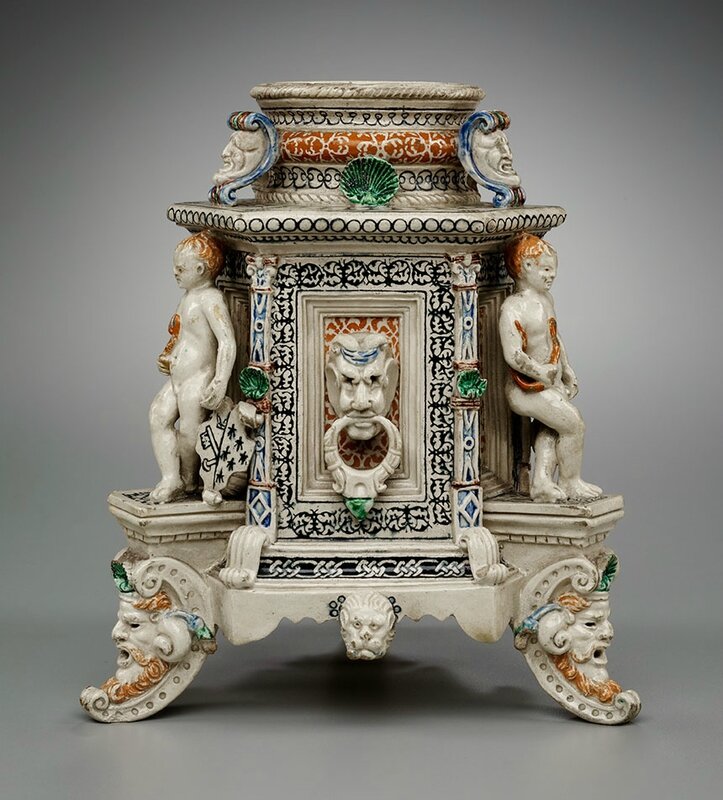
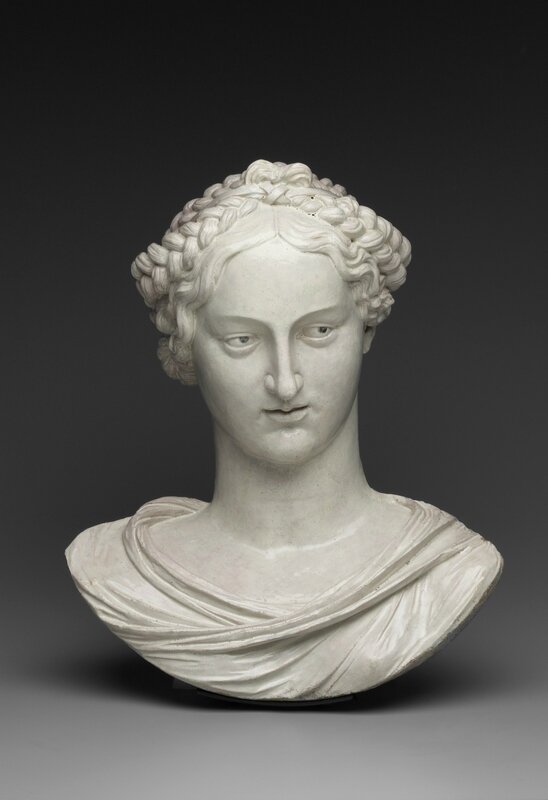




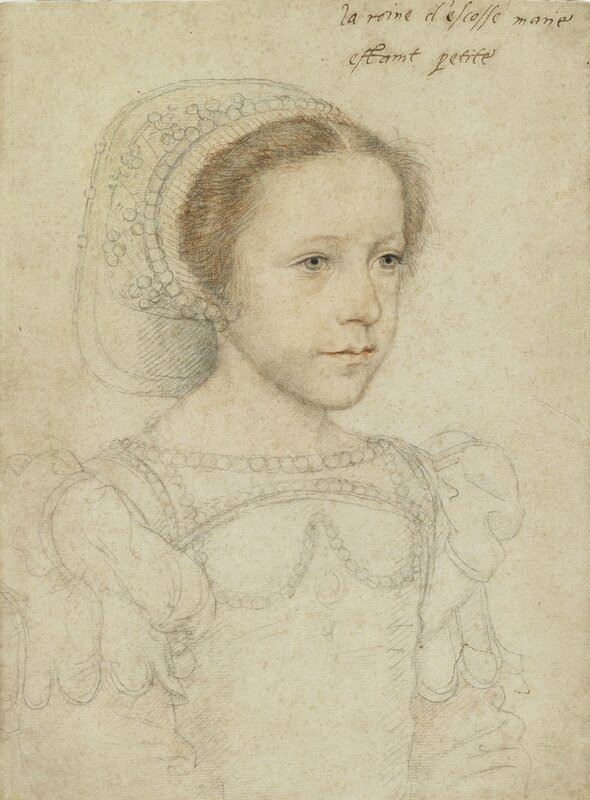
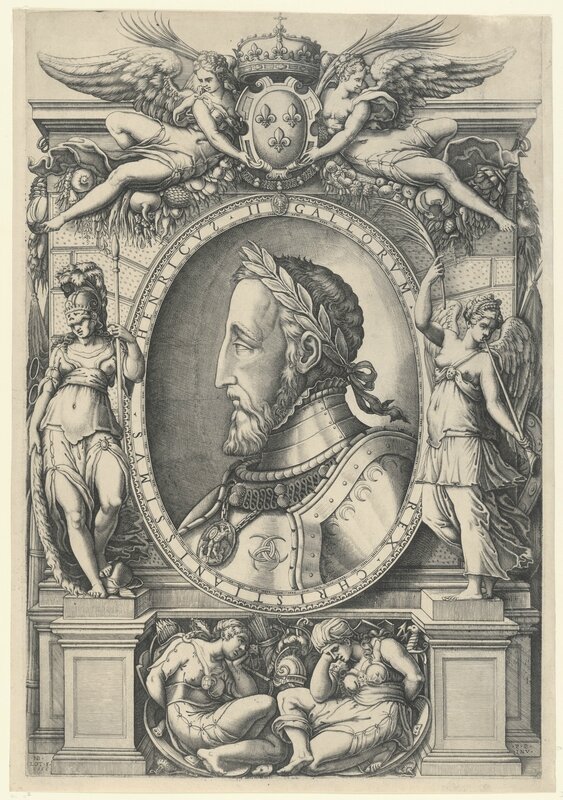












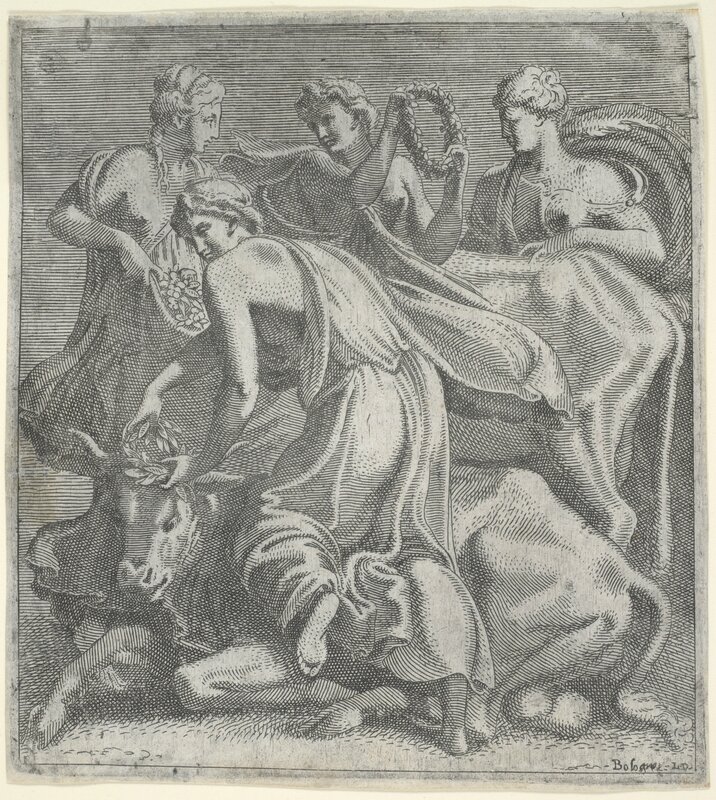



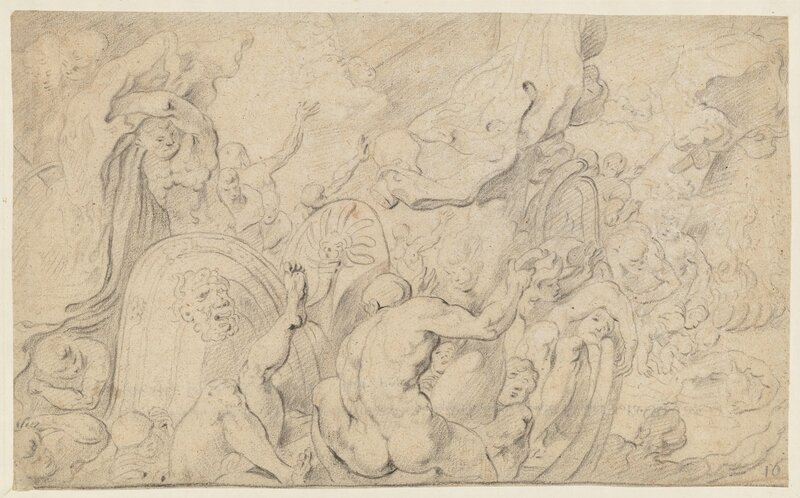


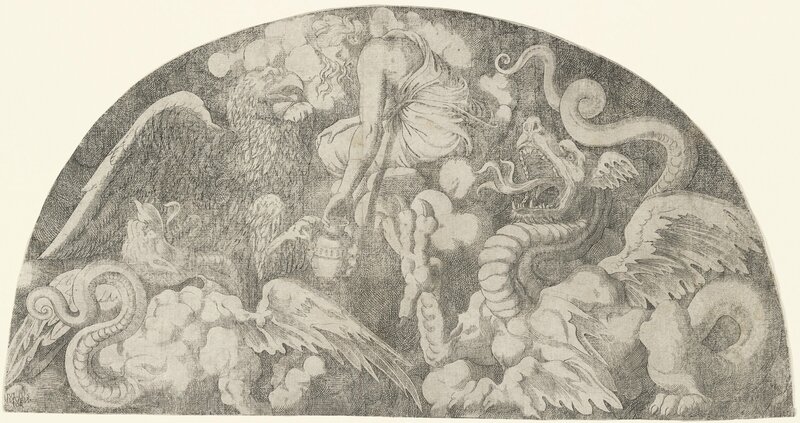



/http%3A%2F%2Fstorage.canalblog.com%2F46%2F09%2F119589%2F122328823_o.jpg)
/http%3A%2F%2Fstorage.canalblog.com%2F19%2F56%2F119589%2F121033526_o.jpg)
/http%3A%2F%2Fstorage.canalblog.com%2F57%2F05%2F119589%2F111930948_o.jpg)
/http%3A%2F%2Fstorage.canalblog.com%2F09%2F93%2F119589%2F95975545_o.jpg)